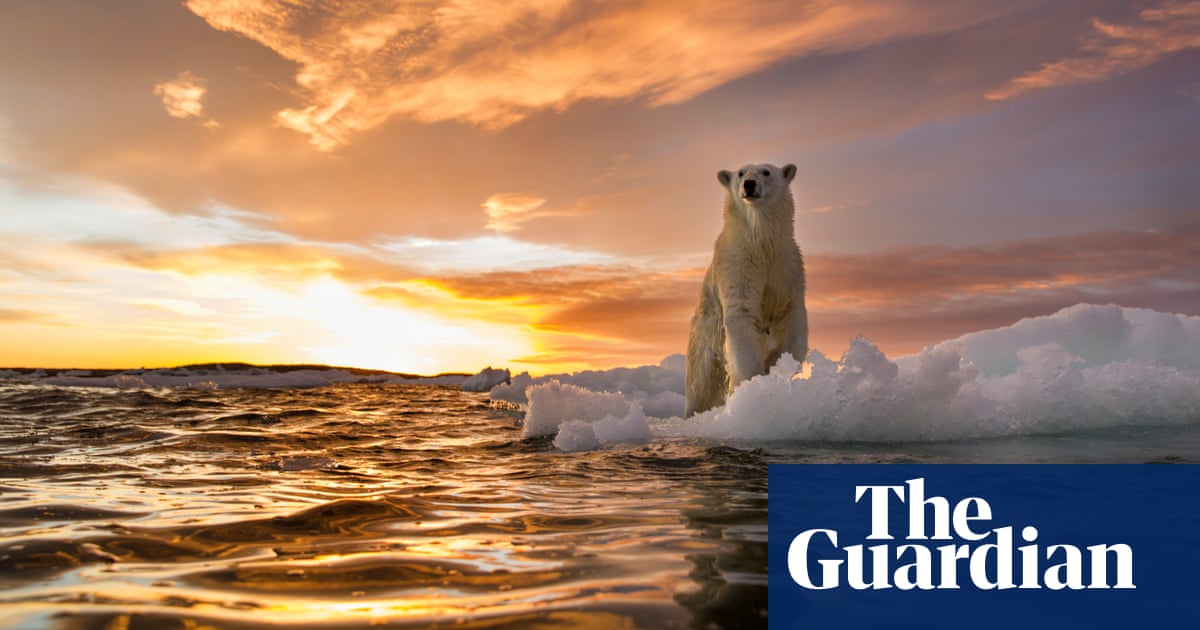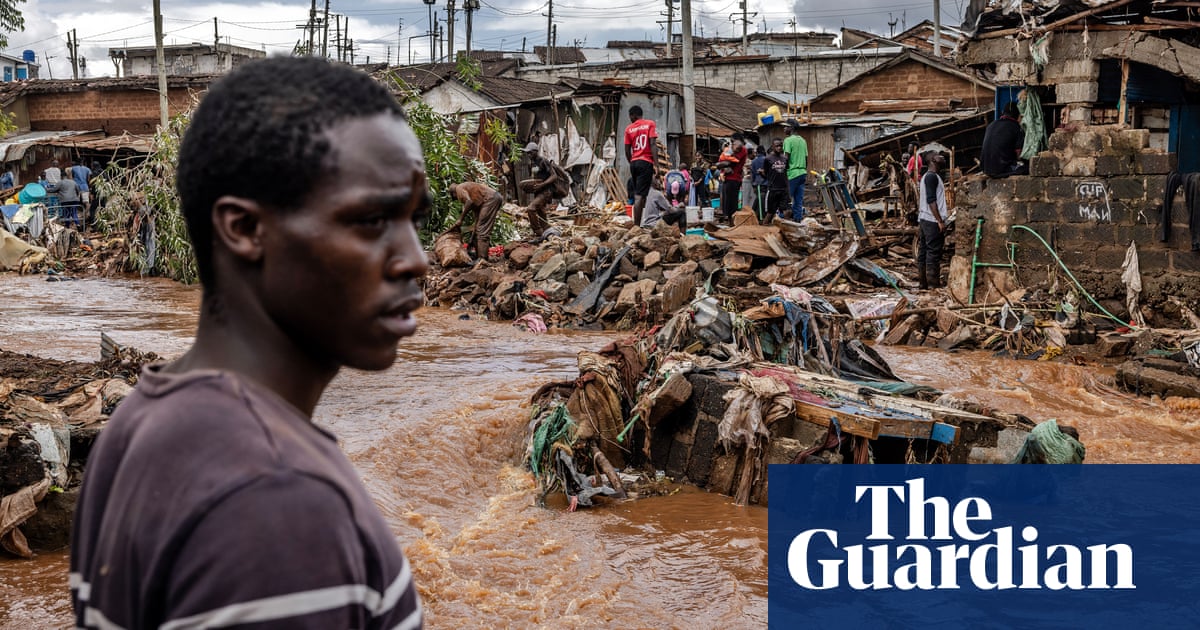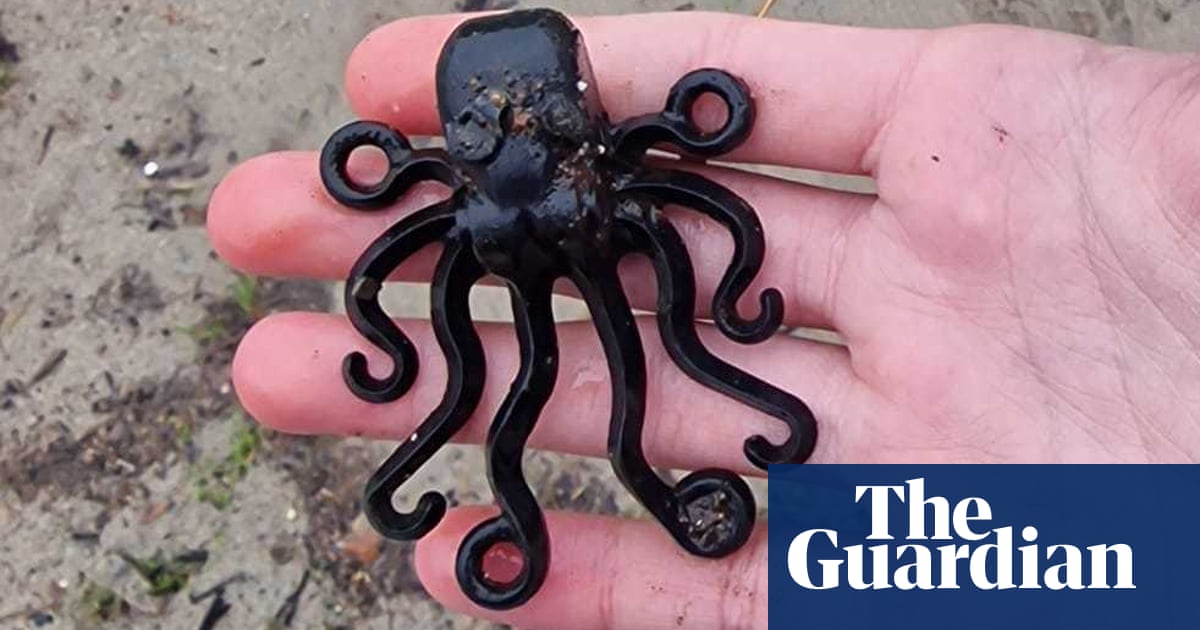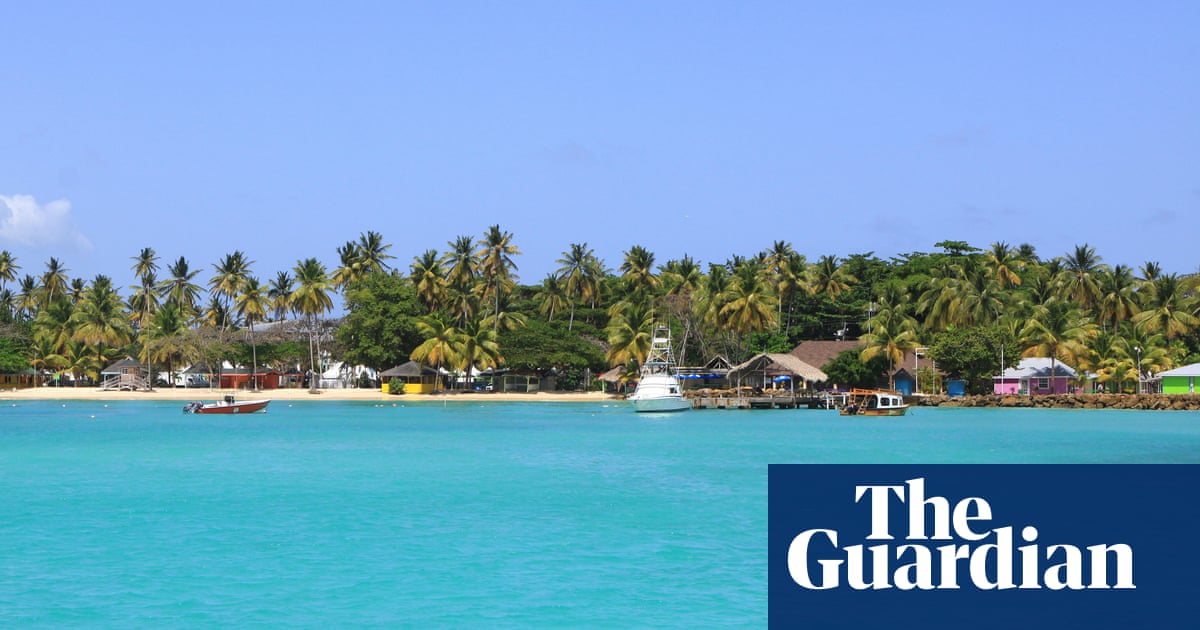Pumped up: will a Dutch startupâs plan to restore Arctic sea-ice work? | Polar regions


Every winter when the temperatures drop, the IJsmeester (ice master) in villages around the Netherlands carefully starts to flood a field with water to form enough thin layers of ice to create a perfect outdoor skating rink.
Now a Dutch startup wants to use the same technique to help solve a major ecological problem: melting Arctic ice and its devastating effect on the climate.
âIn cold weather, the IJsmeesters start a frantic race to be the first village that can organise an ice-skating marathon,â says Fonger Ypma, chief executive of Arctic Reflections. âThey flood a meadow with a thin layer that becomes ice, and every night they apply more thin layers on top of it. And then, once itâs thick enough, they start skating. Itâs our cultural heritage.â
Arctic ice is shrinking by almost 13% a decade, according to WWF, prompting warnings from climate scientists that ice-free summers in the Arctic are inevitable by 2050. This, coupled with the very visible evidence of polar bearsâ habitat melting, and the threat to the Indigenous people who rely on the Arctic ecosystems for survival, gave Ypma a wild thought.
âThe Arctic acts as a sort of mirror or heat shield for the Earth and a substantial part of global warming comes from the Earthâs surface becoming darker,â he says.
âAnd so I thought: isnât there some way to maintain that ice sheet for a bit longer until CO2 levels come down and the ice becomes regenerative? I had this naive idea: why not pump water on top of it?â
Ypma was not the only person to be considering this, he realised, after checking with experts. âI took the fact that it had been researched already as a positive sign, because then youâre not the only crazy person!â he says.
Arctic reflections is just one company looking to use a technique that is already being employed in several places for other purposes, such as creating ice roads in Canada and Finland and for oil exploration in the Arctic (typically using diesel pumps). In 2016, the physicist Steven Desch and colleagues from Arizona State University proposed building 10m wind-powered pumps over the Arctic ice cap to bring water to the surface in winter, potentially adding a metre of ice.
Ypma recently joined a separate Bangor University spinoff, Real Ice, which has a similar idea, for a series of field tests in Iqaluktuuttiaq (the Inuit name for Cambridge Bay), Nunavut, Canada, with a 600-watt, hydrogen fuel-cell-powered water pump. This not-for-profit company has drilled through the ice, pumped up seawater and let temperatures approaching -50C (-58F) refreeze it at the surface.
âAt the moment the ice is about a metre thick,â says Real Iceâs co-chief executive, Andrea Ceccolini. âBy refreezing the top layer, where there is snow, we will add 10-20cm. After that, the ice will grow thicker because we are removing the snow insulation, which is constraining further growth.â
Ceccolini hopes to develop an underwater drone that could navigate the -1.5C water, detect the thickness of the ice, pump up water as necessary, refuel and move on to the next spot. âIf we demonstrate [this over] 100 sq km a day with 50 drones, then we can show that this can actually scale [up] to a much larger area,â says Ceccolini.
The goal is also local, to restore sea ice at a site whose Inuit name means a place of good fishing. âA large part of our success will be determined by how well we engage with the local community,â says the co-chief executive, Cian Sherwin, who envisages giving the technology to Indigenous landowners with some form of philanthropic part-funding.
âLocal people have started to notice differences when it comes to wildlife patterns, migration routes, and we hear locals have to travel almost 300km to hunt their âcountry foodâ: caribou, elk, moose,â he says.
âWeâve also heard accounts of how elders, the resident experts, now canât actually predict when the ice will be safe, which is shocking to members of the community.â
For Arctic Reflections, however, the key aim is to boost the âalbedoâ â the whiteness of the ice â and its ability to reflect the sunâs rays back to the atmosphere. The Dutch startupâs other idea is to explore whether Arctic currents could spread ice thickened at strategic locations. So instead of needing as many pumps, they could potentially save 100,000 sq km of ice from melting in the summer with just 100 to 1,000 installations.
Another Dutch project, the Sand Motor, illustrates this perfectly, says Ypma. Known as âbeach nourishmentâ, it uses sea currents to spread sand naturally to bolster the Netherlandsâ coastal defences.
âI live in Delft and I go with my kids and my wife quite often to the Zandmotor project: itâs a really good analogy,â he says. âIf youâre positioning your ice-making sites in the right locations, then you can really leverage those flows.â
But there are still unanswered questions, such as how ice thinner than three metres will react to flooding and whether thicker ice will last, says Hayo Hendrikse, assistant professor at Delft University of Technology, who has worked on lab and real-life trials with Arctic Reflections.
âWe know we can just pump water on top of ice, flood it and then it will freeze,â he says. âBut can we also do it with a positive gain in the end?
âI see a potential for this on a smaller scale, for example, if you want to strengthen natural habitats for polar bears and seals, where the sea ice in summer could survive a bit longer if we target specific fjords or bays.
But Hendrikse adds: âItâs not a solution â itâs a sticking plaster.â
Julienne Stroeve, professor of polar observation and modelling at University College London, says it would probably be impossible to act on a large-enough scale to have a real impact on the climate.
âI agree that the sea ice is worth protecting, since it helps to keep our planet cool, but the entire Arctic Ocean is about 14m sq km,â she says. âThe only real solution is to either pull carbon out of the air or cut our emissions to half of what they currently are.â
Maurits Groen, a jury member of the Dutch Wubbo Ockels innovation prize, which recently gave an award to Arctic Reflections, agrees that tackling the causes of the climate crisis is preferable.
âBut the speed at which things are going wrong is such that we have to resort to these kinds of crazy measures to at least buy some time,â he says.
âItâs a proven technology and cost-effective compared with alternatives â we have to start somewhere.â
Source link




